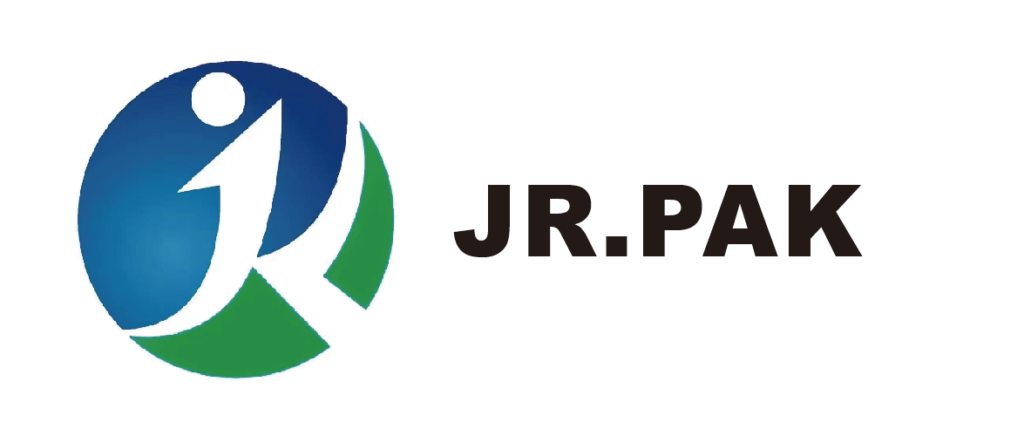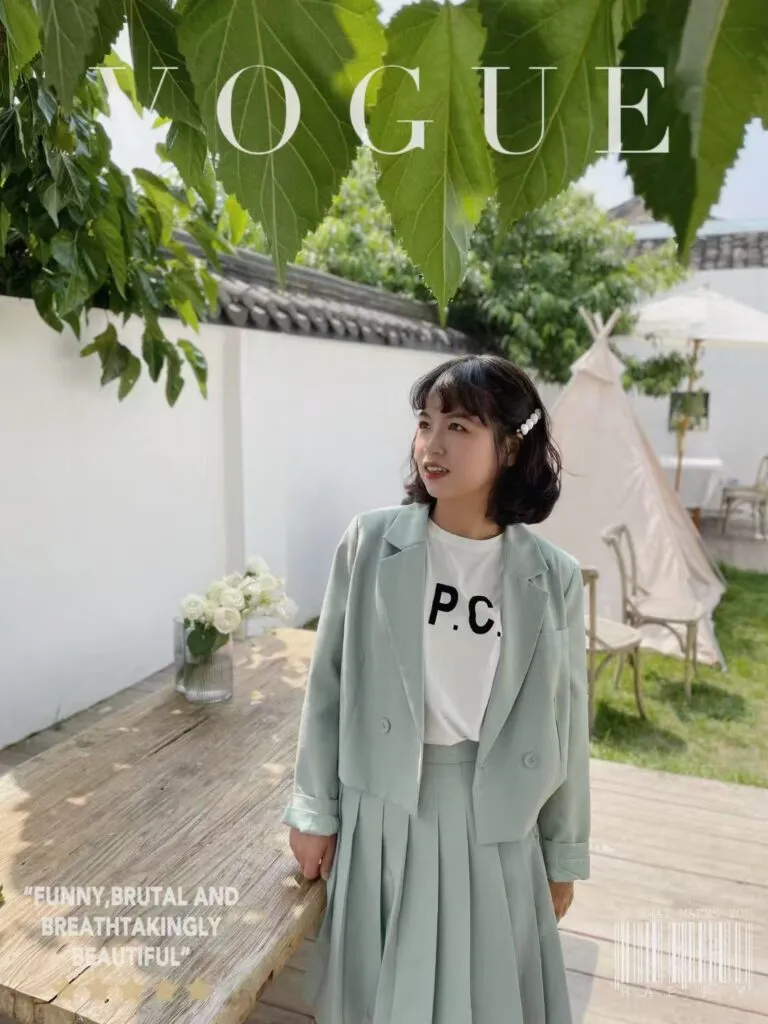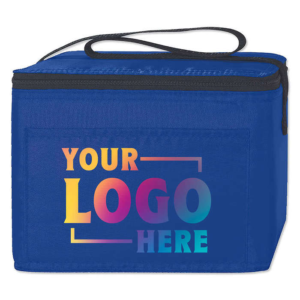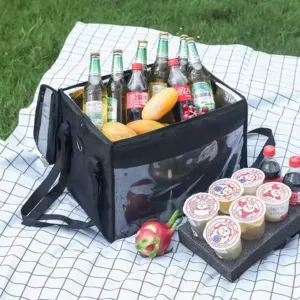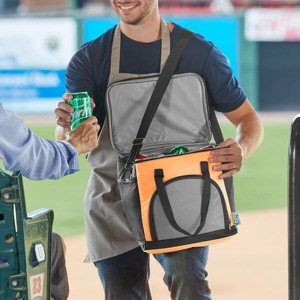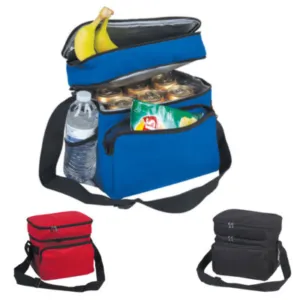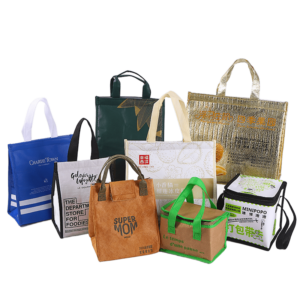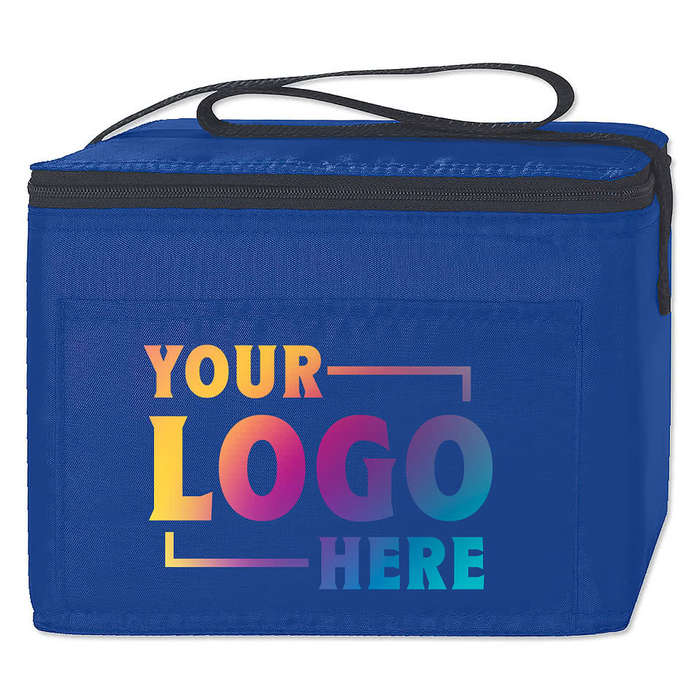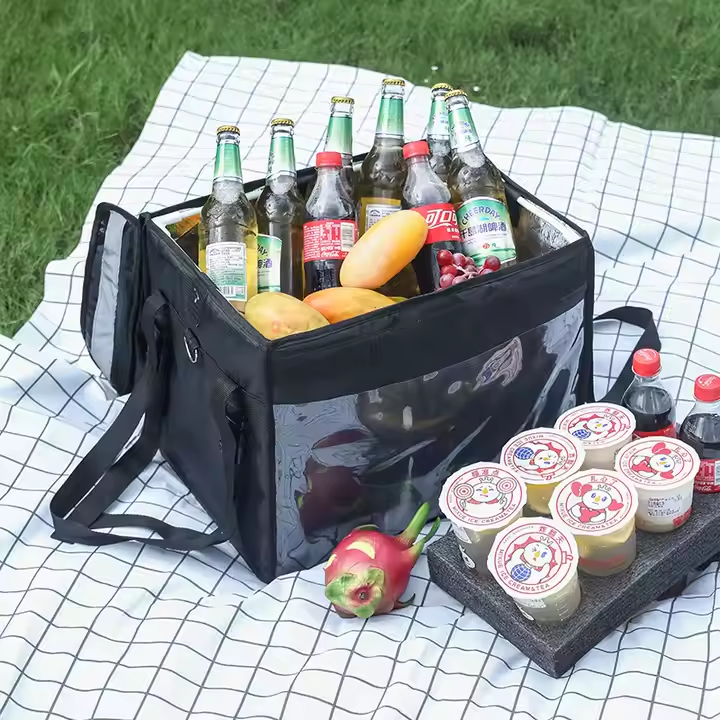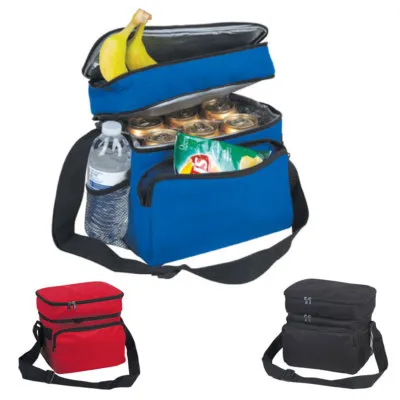Premium-Grade PP Woven Bags: Why They Stand Out and What Buyers Value
This article defines the seven key features that elevate PP woven bags to premium grade. It draws on industry standards and practical benefits to explain why these features matter. Our overview offers authoritative insight into material selection and quality priorities.

These seven attributes define a premium PP woven bag: strength, resistance, light weight, eco‑credentials, customization, weather protection, and breathability.
Continue to discover how each feature enhances performance and buyer value.
1. High Breaking Strength and Durability
Premium PP woven bags use high‑quality virgin polypropylene resin woven tightly for exceptional tear, puncture, and abrasion resistance.
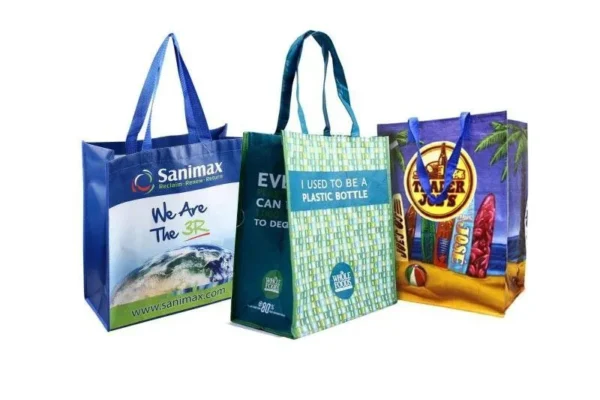
The strength of the weave endures harsh handling in transport and storage. Buyers in agriculture, construction, and chemical sectors need bags that won’t tear or burst under load. Long‑lasting durability means fewer replacements, less waste, and consistent product protection.
Dive deeper
Premium bags often exceed standard load ratings by 20–30%. They use reinforced selvage edges and lock‑stitch seams. Many offer multi‑layer weaves or laminated liners to resist heavy abrasives like sand or industrial powder. Industrial buyers especially look for bags that meet specific tensile strength metrics (e.g. > 1500 N bursting strength).
Technical comparison
| Specification | Standard PP bag | Premium-grade PP bag |
|---|---|---|
| Material quality | Recycled or mixed resin | Virgin homo‑polymer PP |
| Average tensile strength | ~1000–1300 N | ~1500–2000 N or more |
| Seam reinforcement | Basic stitching | Double lock sewing or folded seams |
2. Moisture and Chemical Resistance
Premium bags resist humidity and many chemicals by virtue of tight weave and optional lining or coatings.
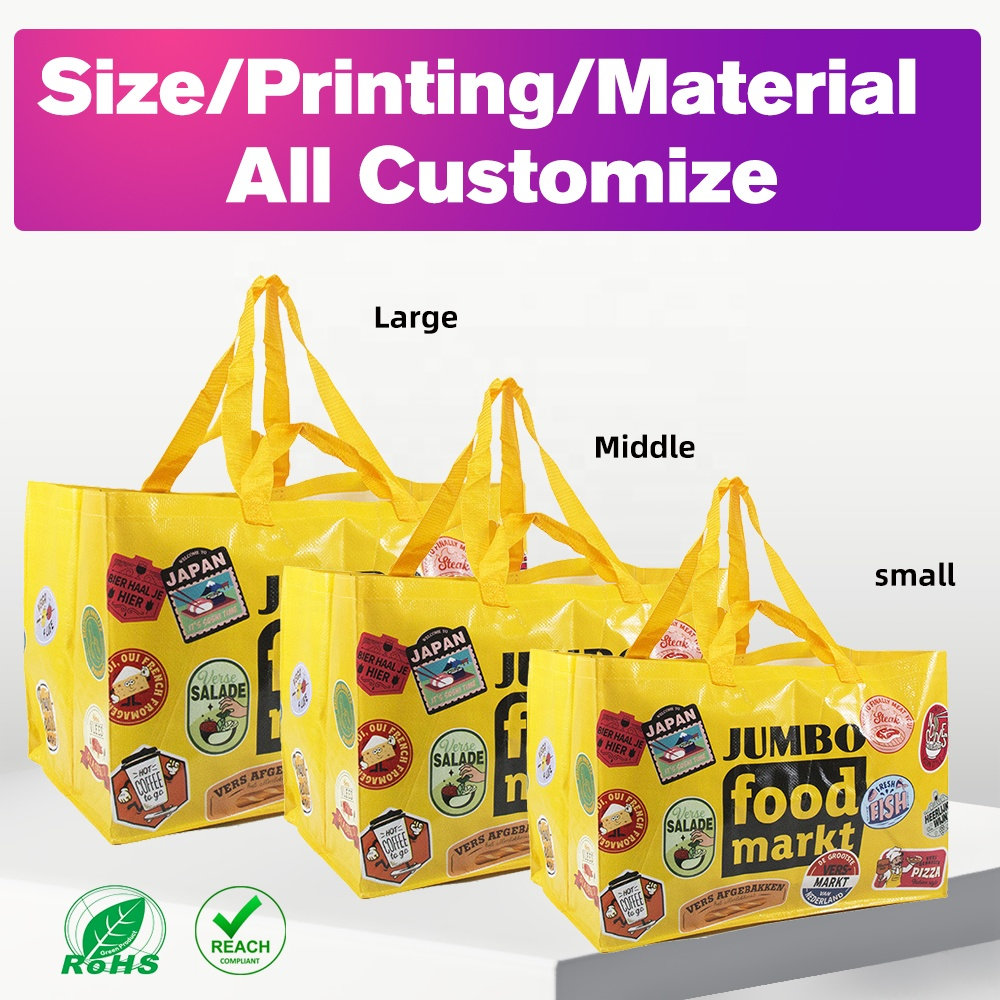
The dense weave limits moisture ingress. Chemical‑resistant versions may include laminated inner PE or barrier liners to protect contents. Industries like fertilizer or raw chemical transport benefit from superior resistance to moisture and chemical corrosion.
Dive deeper
Moisture‑resistant bags are crucial in humid climates or outdoor storage. Packaging chemicals demands barrier liners to avoid corrosion or contamination. Premium liners can include metallized or aluminum foil layers for extra barrier protection.
Moisture & chemical resistance comparison
| Type | Moisture Barrier | Chemical Protection |
|---|---|---|
| Uncoated weave | Moderate | Minimal |
| PE-lined or laminated layer | High | Moderate to high |
| Metallized or foil laminate | Excellent | Very high |
Buyers often specify water vapor transmission rate (WVTR) and chemical compatibility. Premium suppliers offer certified testing for sensitive cargos.
3. Lightweight yet Robust
Premium grades balance low weight with tensile strength, easing handling without sacrificing durability.
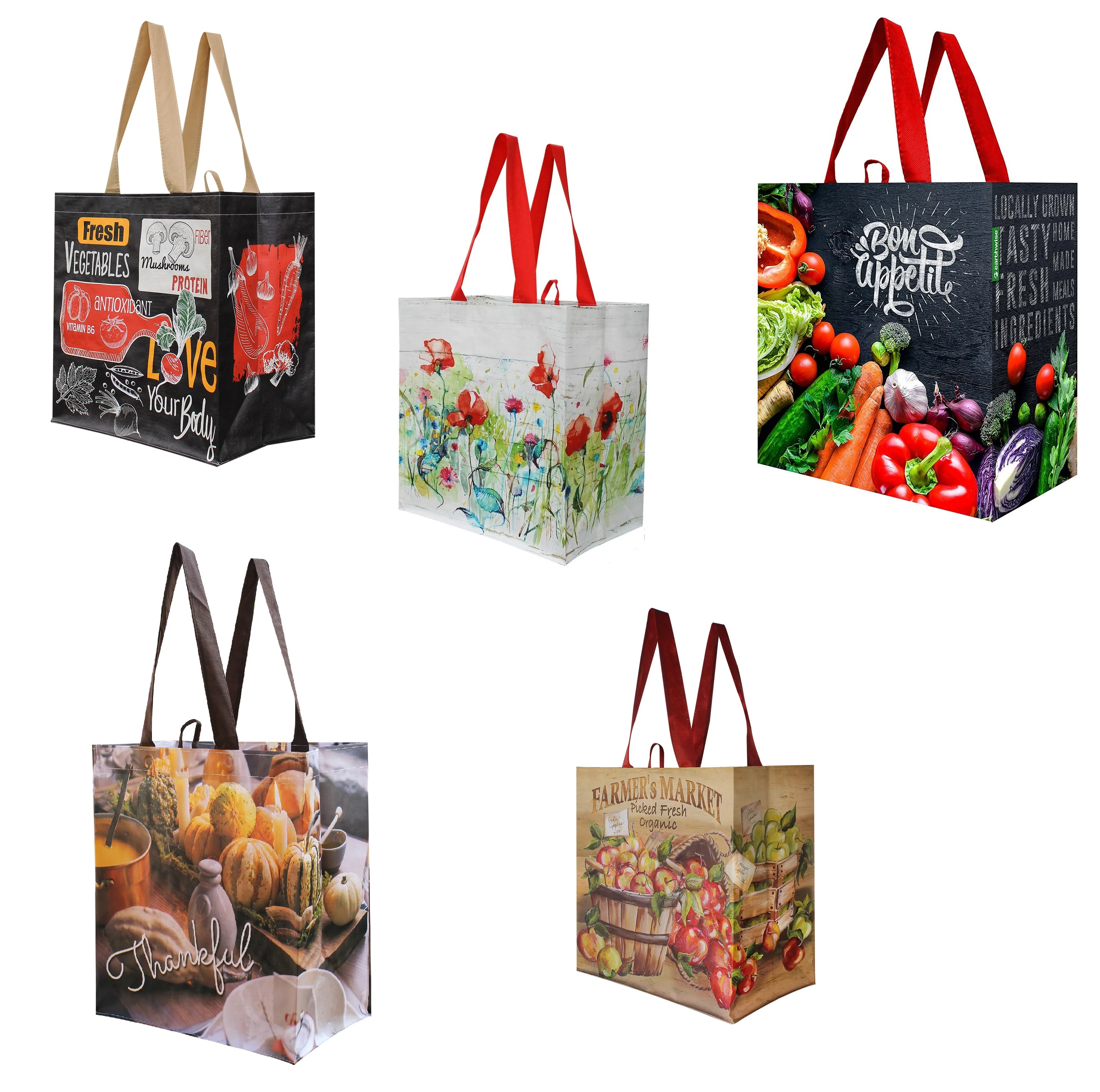
Lighter bags reduce freight cost and manual strain. Yet the high weave density and resin quality give strong load capacity. Buyers benefit from reduced shipping cost and easier handling in logistics and warehouse operations.
Dive deeper
Manufacturers use up to 40–60 g/m² PP fabric with high-density weaving. This optimizes strength-to-weight ratio. Buyers shipping large volumes or using automated filling lines prefer this blend of robustness and efficiency.
Strength-per-weight table
| GSM (fabric weight) | Approximate Load Capacity | Notes |
|---|---|---|
| 40 g/m² | Moderate (~25 kg load) | Light-duty use |
| 50–60 g/m² | Heavy (~50 kg load) | Standard premium option |
| 70 g/m²+ | Extra-heavy (>60 kg load) | Industrial grade |
4. Eco‑friendly and Reusable
Premium PP woven bags are recyclable and designed for multiple uses, aligning with sustainability goals.
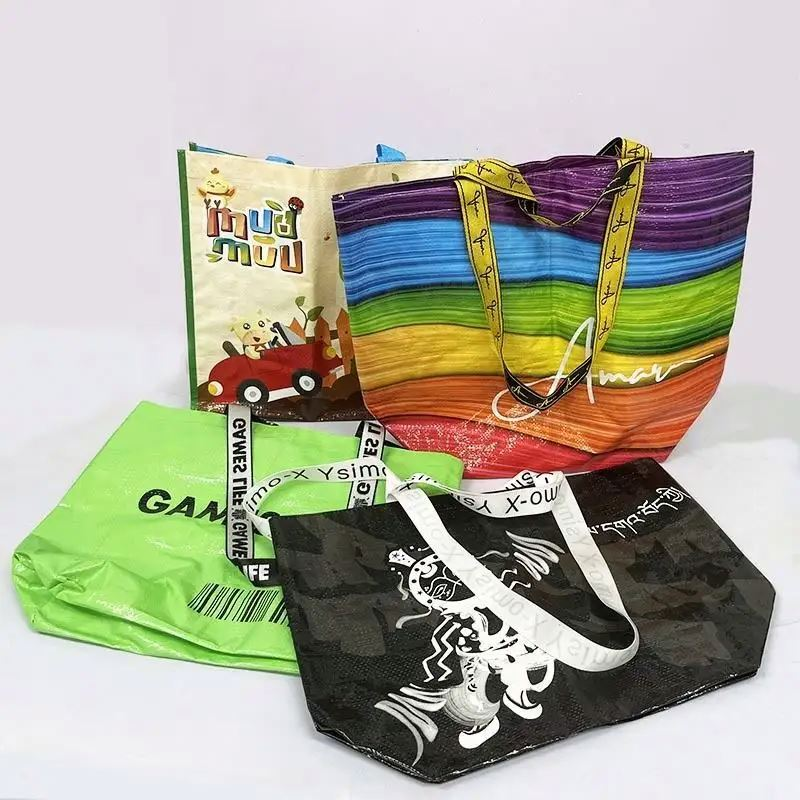
The bags can be reused many times, then recycled. This reduces waste and lowers per-use cost. Buyers in retail, agriculture, and marketing prefer eco‑friendly materials that support brand image.
Dive deeper
While PP is technically recyclable, premium suppliers use virgin resin to ensure broader reuse and recycling. Reusable design with reinforced handles and foldability encourages repeat contact. Some buyers choose UV‑stable, washable designs to use them seasonally.
Environmental benefits
| Feature | Benefit | Value to Buyer |
|---|---|---|
| Virgin recyclable PP | Clean, repeatable recycling | Low contamination, sustainable |
| Reusable design | Multiple cycles of use | Lower cost per handling |
| Washable/foldable | Consumer use and storage ease | Longer life, brand visibility |
5. Customization Options
Premium PP woven bags can be tailored in size, shape, print, color, lamination, and structure.
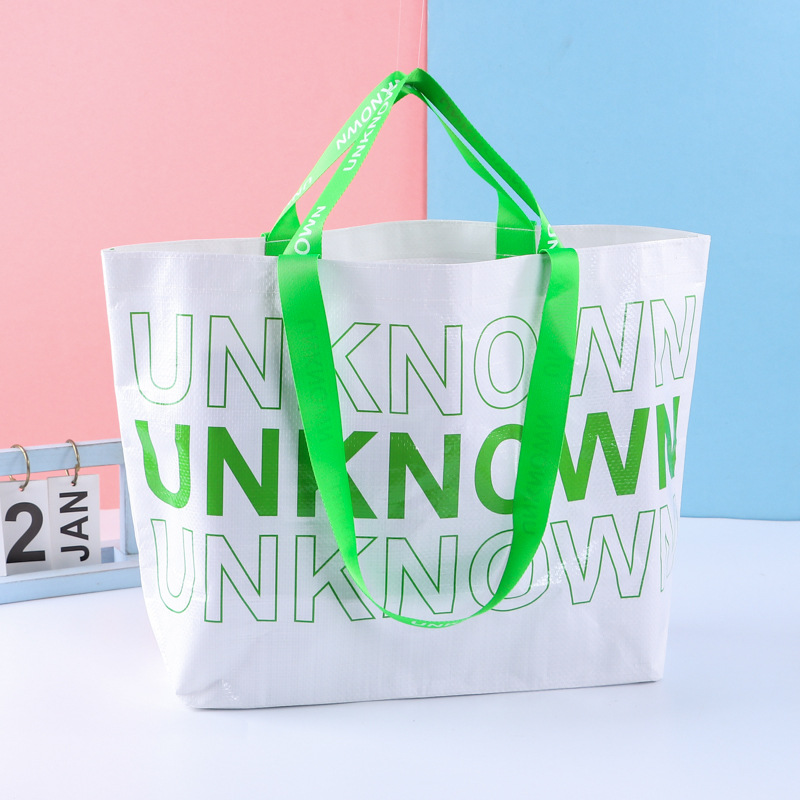
Customization supports unique brand needs: large format sacks, gusseted designs, full-color logos, lamination, or fold-over closures. Buyers value flexibility for packaging identity and product fit.
Dive deeper
Customized orders may include specific gussets to expand bag volume, laminated finishes for waterproofing or gloss, and high-definition flexographic printing in multiple colors. Some manufacturers offer inner liners, zip ties, or valve closures. Print quality directly affects brand perception in retail and export markets.
Customization options summary
| Custom Feature | Available Options | Buyer Benefit |
|---|---|---|
| Size / Capacity | From small 5‑kg to large 100 kg+ sacks | Matching product volume |
| Printing | From 1‑color to full-process color | High-impact branding |
| Lamination / Lining | PE, foil, or UV laminates | Moisture / sunlight protection |
| Structural features | Gussets, drawstrings, handle types | Ease of use and product fit |
6. Weather and UV Resistance
Premium bags may include UV stabilizers or laminated coatings to resist sunlight and harsh weather exposure.
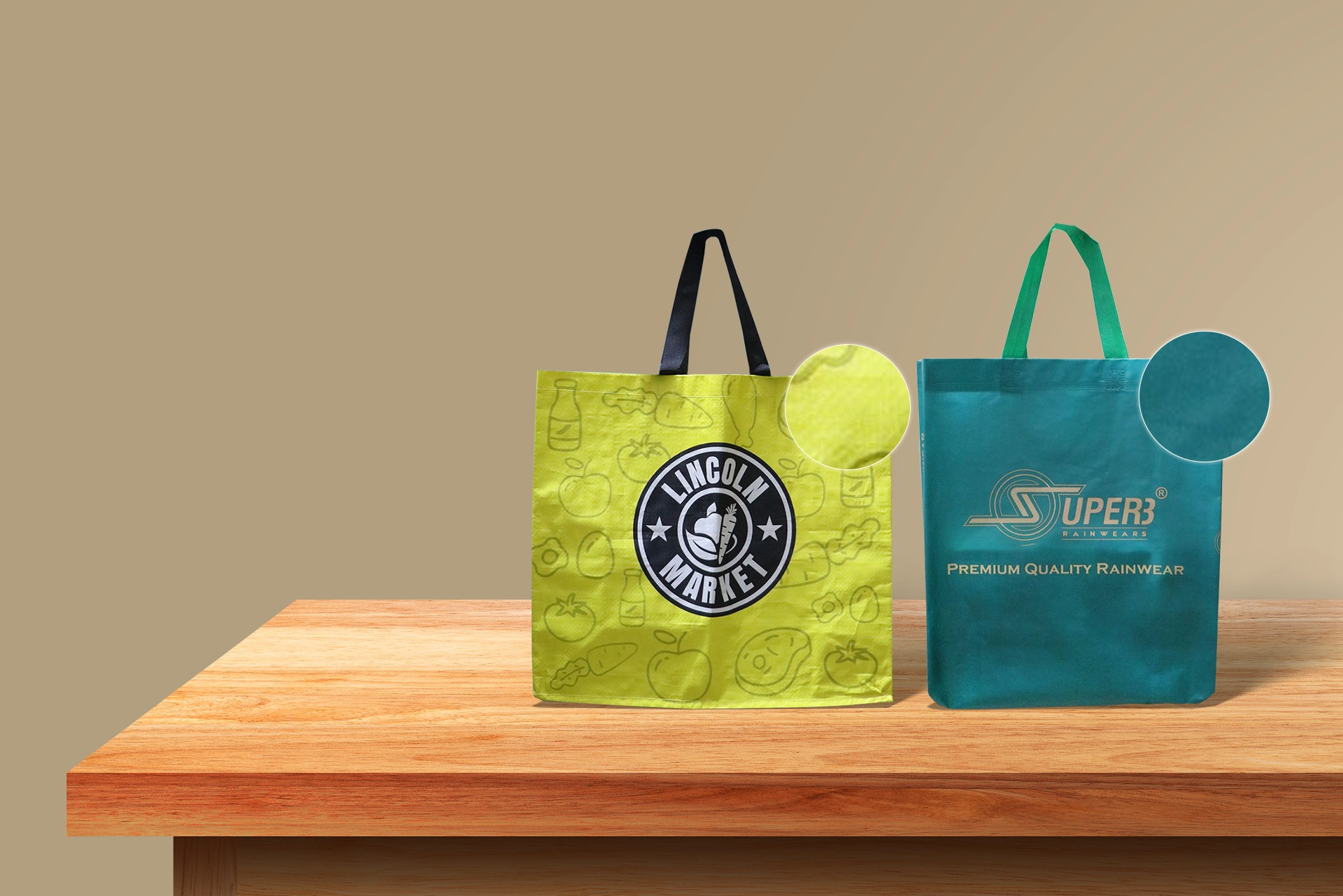
UV degradation can weaken polypropylene over time. Premium versions add UV inhibitors or coatings. Outdoor use prevents fabric brittleness and preserves print quality.
Dive deeper
In regions with strong sun exposure, oxidation can weaken bags in under six months. UV‑stabilized PP prolongs durability up to 24–36 months outdoors. Lamination also protects print and prevents fading or cracking.
Weather resistance comparison
| Feature | UV-laminated PP weave | Standard unprotected PP |
|---|---|---|
| Sunlight tolerance | Up to 1–3 years outdoor | Weeks to few months |
| Print longevity | Maintains clarity over time | Fades quickly under sun |
| Material strength | Retains tensile capability | Brittle with prolonged sun |
7. Breathability with Optional Lamination
The woven structure offers natural airflow. Lamination is optional to enhance water protection while preserving mold prevention.
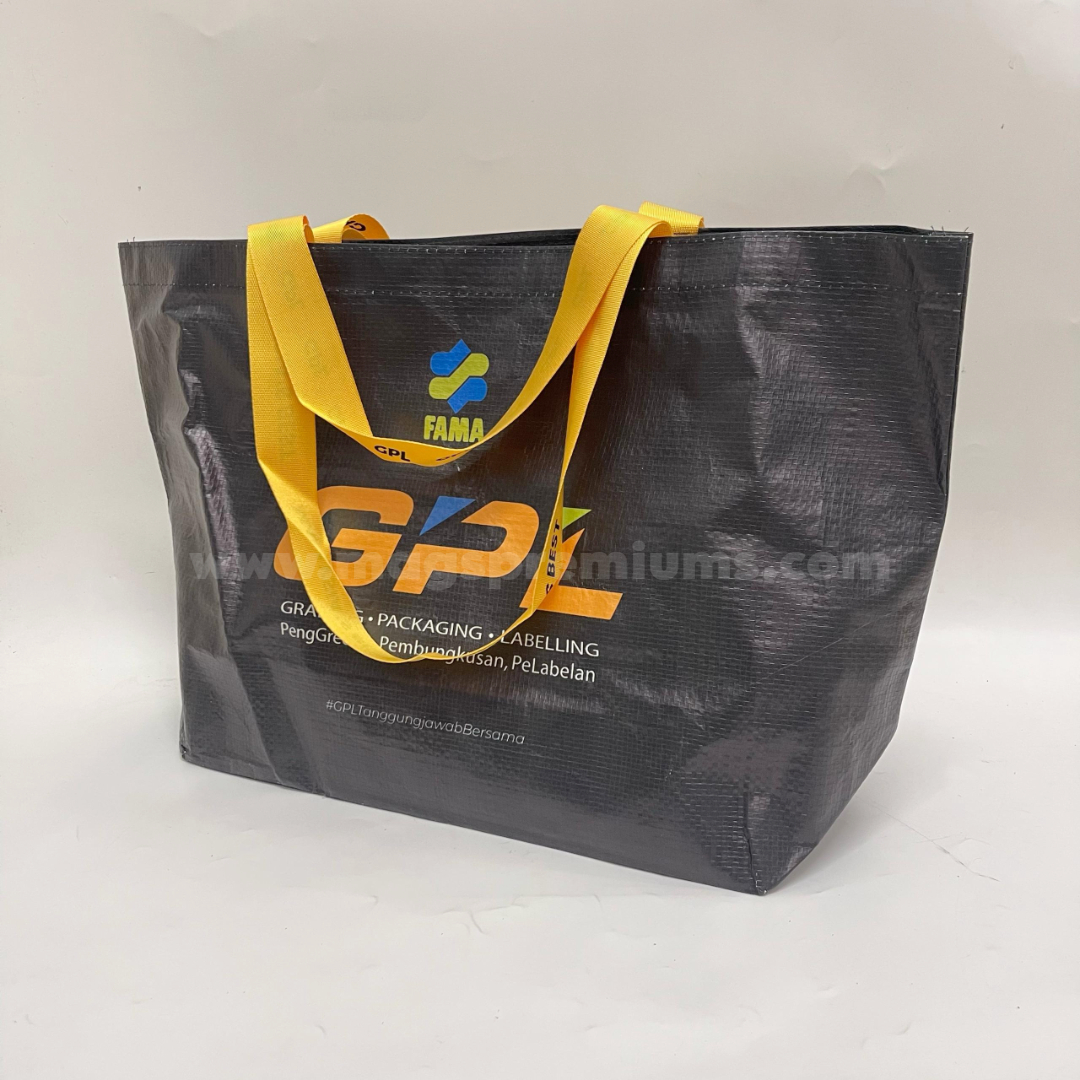
Airflow through woven strands helps prevent mold, condensation, or bacterial growth. When moisture barrier is required, lamination adds waterproofing while still protecting contents.
Dive deeper
Agricultural and food‑processing buyers often require breathability to preserve freshness. Premium suppliers offer perforated liners to balance airflow and moisture protection. Lamination is applied selectively—inner liners for barrier, outer lamination for print durability, but still allowing partial breathability if fiber spacing is maintained.
Breathability vs Protection
| Configuration | Breathability | Moisture Protection |
|---|---|---|
| Open weave PP | High | Low |
| PE‑lined laminate | Low | High |
| Perforated laminate design | Moderate | Moderate |
Conclusion
These seven features collectively define a premium‑grade PP woven bag: strength, resistance, weight balance, eco-sustainability, customization, weather protection, and controlled breathability. Your choice depends on industry use—whether for agriculture, packaging, retail, chemicals, or logistics.
From personal experience working with B2B buyers, we find the best outcomes when we tailor specifications to customer needs and run sample tests before full production. A high‑grade specification reduces risk and ensures customer satisfaction.
Feel free to reach out or comment below with your specific scenario or packaging challenge. We welcome conversation on how these features can match your industry requirements.
